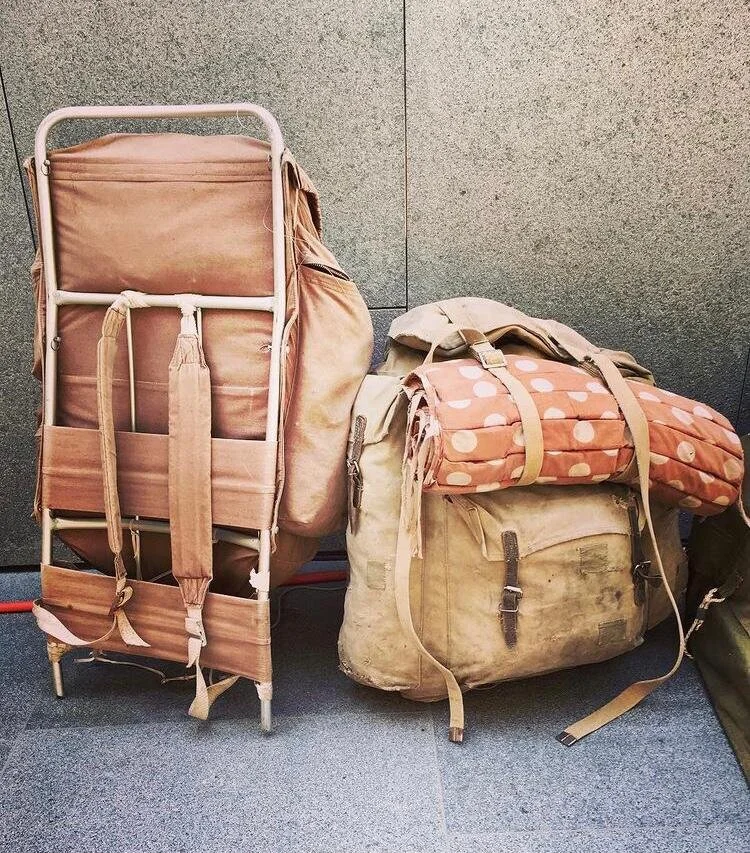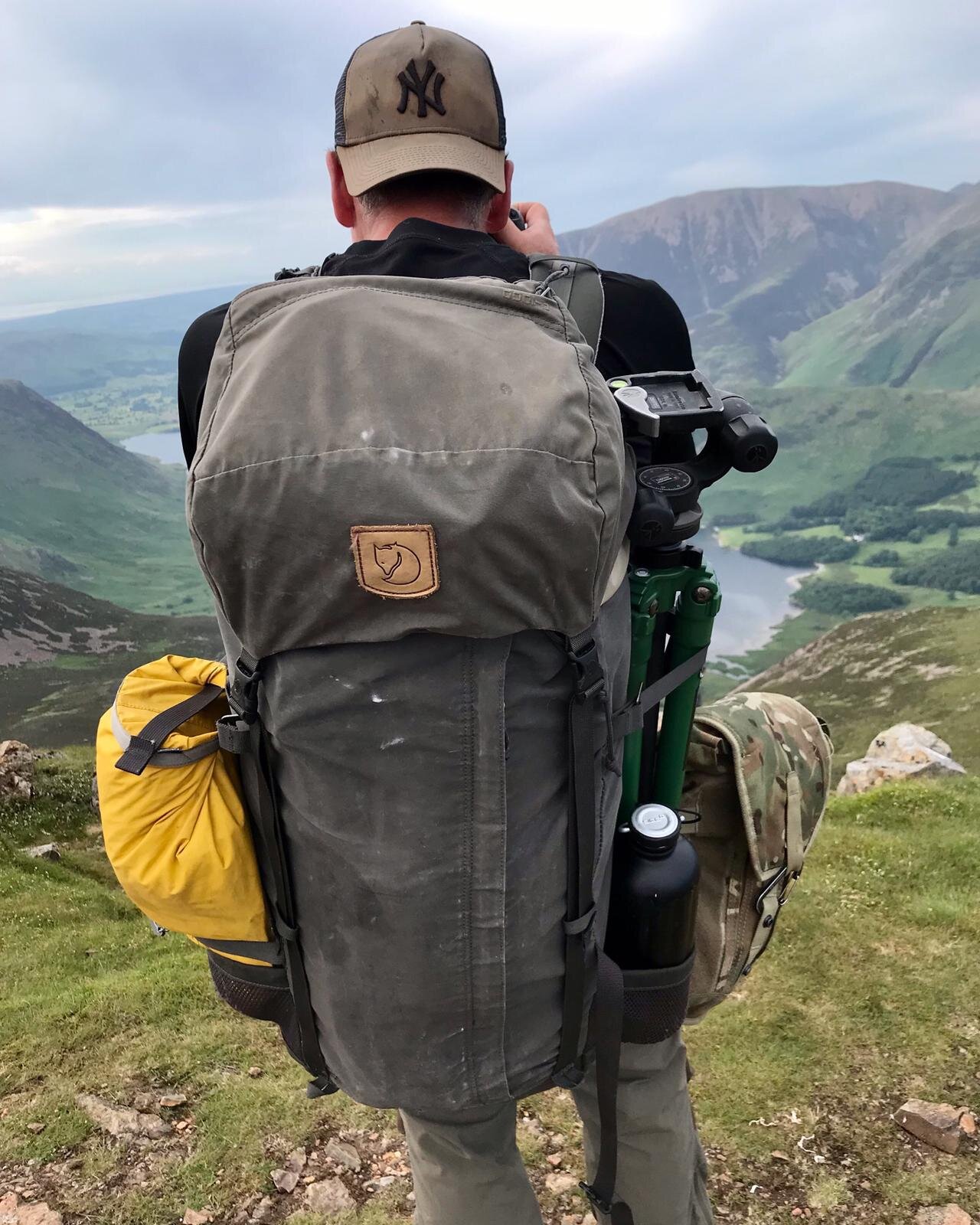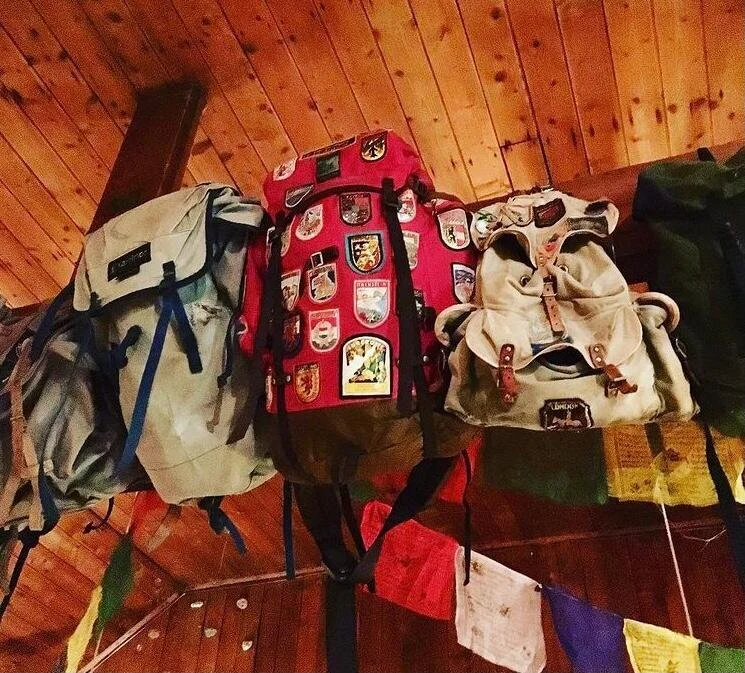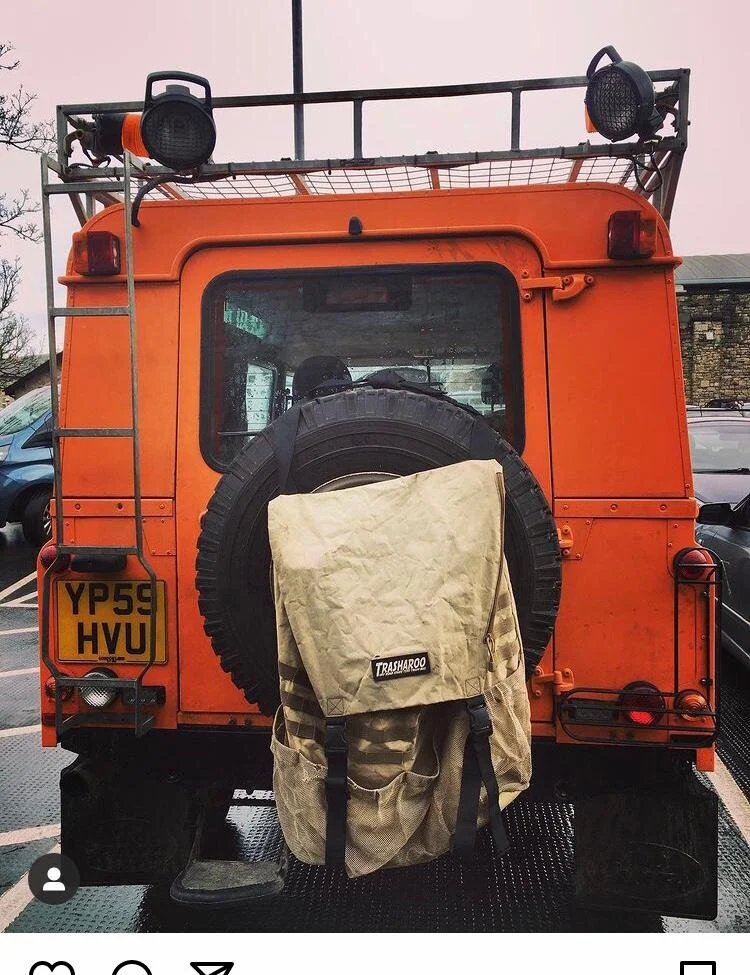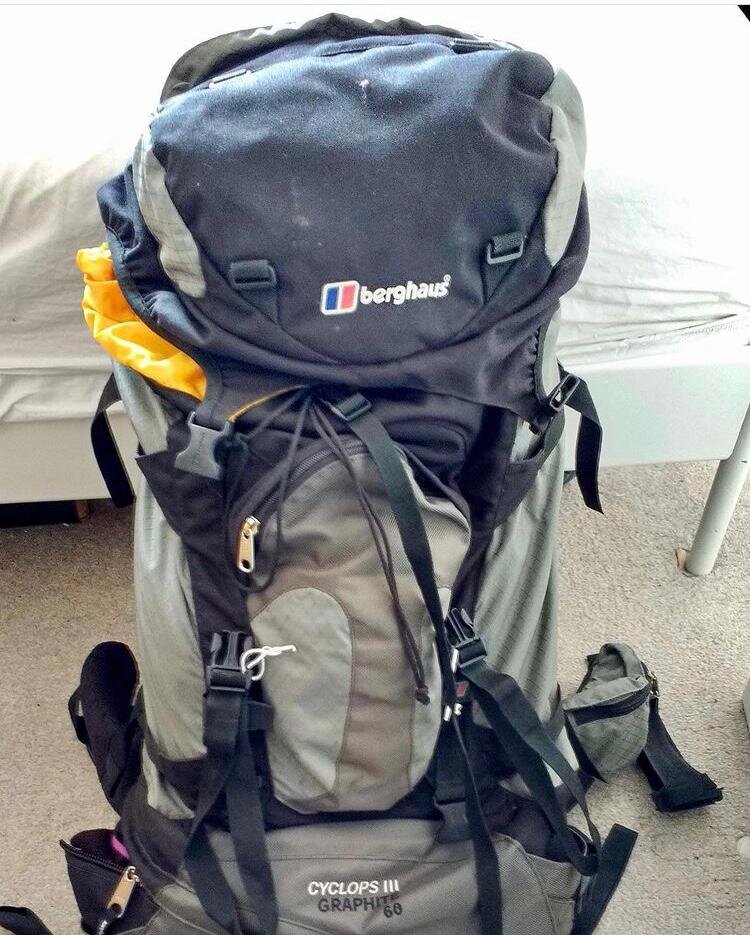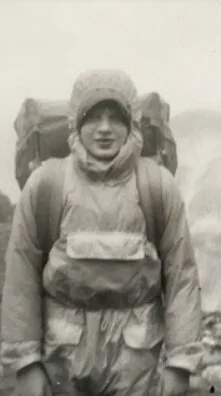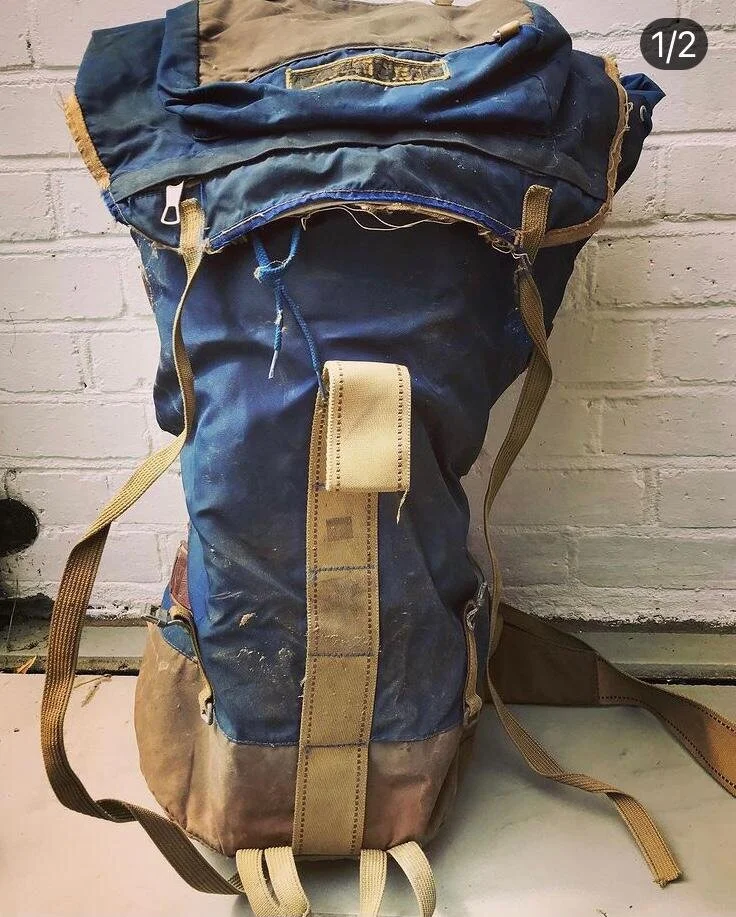Love of Rucksacks
A Healthy Obsession
Rucksacks are items of unique function and beauty. With years of experience and design expertise in their features. When we were thinking about the RuckRaft we wanted to avoid creating a new rucksack and work alongside the great packs already out there.
A few have commented that the RuckRaft is overkill, ‘can’t you use a waterproof backpack?’ No. No. And No. Waterproof packs just don’t cut it, lacking the proper back support and the great features of a good climbing pack.
Fellow cross country swimmer Richard Nelsson, aka the @rucksackspotter, agrees. Here’s the heartwarming tale of his love and obsession.
"The father of a mate’s girlfriend used to judge his daughter’s suitors by the cut of their rucksack: turn up with a bright orange, aluminum-framed affair and you were likely to get the cold shoulder. Luckily, my friend’s classic Berghaus Dart met with approval and an extra place was set at the dinner table.
A little harsh perhaps, but over the years I’ve found myself adopting elements of this approach. I meet someone and subconsciously I’m checking out the make, style and even colour of their rucksack; is it a fashion item with a few retro-touches or genuine pack designed for the outdoors? I spot something unique on a stranger’s back and I’m already wondering about it’s backstory. As Hercule Poirot put it, “I dissect rucksacks. It is very interesting”.
So why the obsession with these bags we strap to our backs? Of course there’s the aesthetics, functionality and all the clever techy stuff. There’s also the history. I love the story of Ötzi the Iceman travelling through Italy 5,000 years ago with a wood-framed sack made of skins, Ole Bergan and his ergonomic frames in 1909, zips making an appearance in the 1930s, Ake Nordin founding Fjallraven when he made a small bag that sat high and tight on the wearer’s back. And then there are more recent developments like the Berghaus Cyclops internal frame, or the introduction of robust fabrics like the Ks100e.
But then it goes a little deeper than that. It’s the way this bit of kit, firmly attached to the back, can become part of you. Whether going on a long trip or just carrying gear for a day’s activities, it’s the freedom of having arms and legs free while your possessions close at hand. It's possibly connected with some survival instinct.
My first proper rucksack was a Campari, a big old 1970s tubular-framed contraption acquired around the age of 13 for a Boys Brigade ‘expedition’. I was so proud of this sack that I used to practice wearing it fully packed around the house. But then a friend who worked in a climbing shop got me a discounted Karrimor Haston Vallot and overnight I felt as if I’d joined the elite with this serious – and seriously good – sack. Consisting of one large compartment, minimal pockets and zips and a discreet but effective backsystem, the design came to define what I think of as a good sack.
I kept the obsession largely to myself but four years ago I turned it into the Instagram account @rucksackspotter to record pictures of classic or usual packs. The idea started one morning on my London cycle commute when, sitting at traffic lights at the Oval, I spotted someone sporting an ancient blue canvas Karrimor Outward Bound II. I hadn’t seen one of these in decades - the lights changed before I could get a picture but I resolved to record future ‘spots’.
I’m always on the lookout for the vintage classics, as well as rarities such as the New Zealand brand Cactus or curiosities like Seil Marschall. There’s much more than just tough old mountaineering sacks though. I admire the ubiquitous Fjallraven Kanken, like spotting bags with random gear straps which will never see an ice axe or crampon, or snapping something in an interesting colour, out of the ordinary or just plain ridiculous. And then there’s always the hunt for an exclusive Prada. Over recent years I’ve noticed a growth in waterproof rucksacks, brands like M-24 that reuse old tarpaulins, not to mention pooch packs designed for carrying dogs.
This interest in rucksacks is hardly new or unique though. I once came across a Manchester Guardian article from 1930 entitled Rucksack fashions: fancies and fetishes in which the writer reviewed everchanging designs - and this was before the advent of zips, internal frames or manmade fibres. It also included the prescient line“every ten years brings a complete revolution of ideas.”
The RuckRaft should certainly be included in this revolution. Expanding the ground you can cover, the beauty of the simple but effective design is that it works with any sized or shaped rucksack - even my old Campari would fit into it. And small enough to pack away in the rucksack when finished too.

